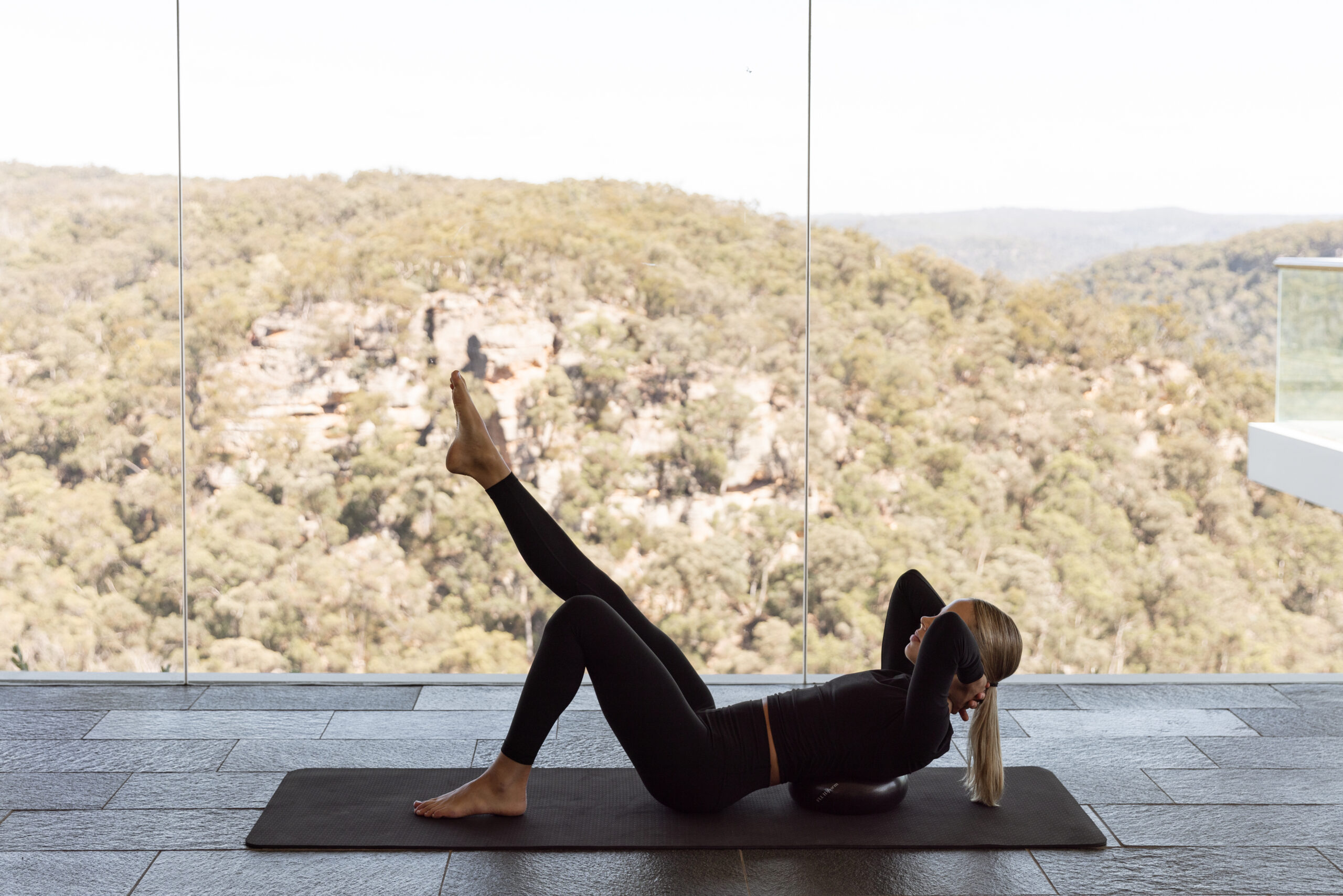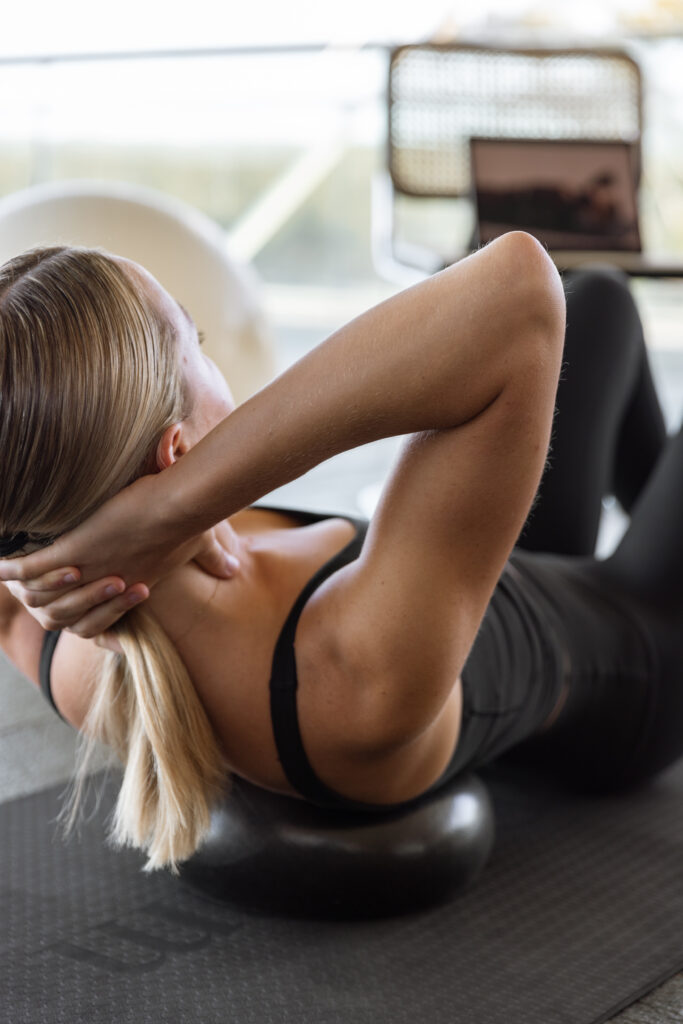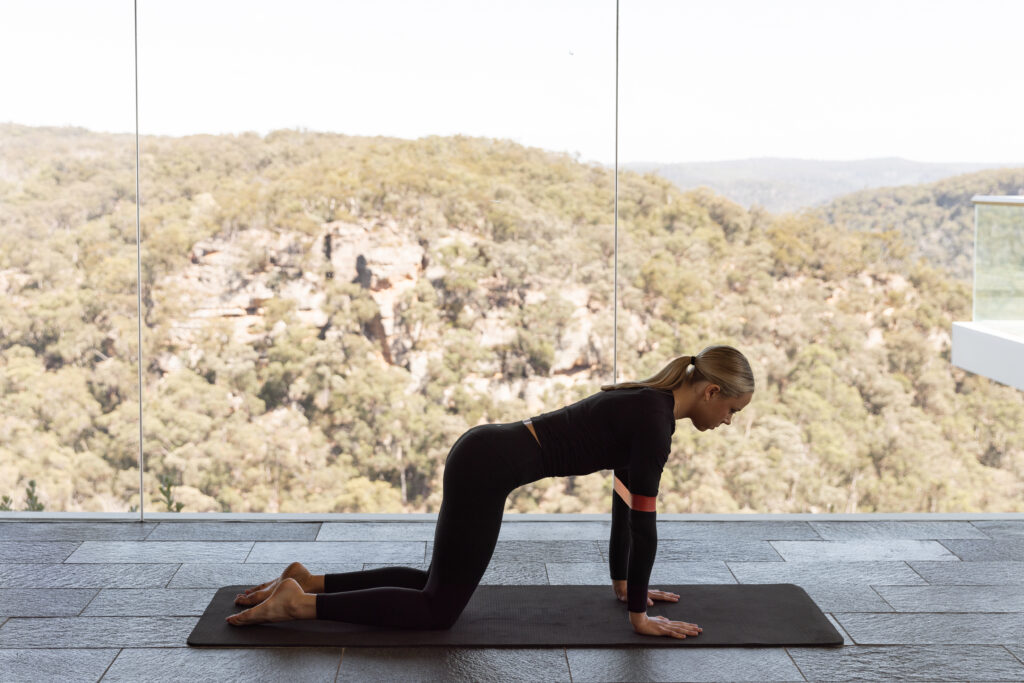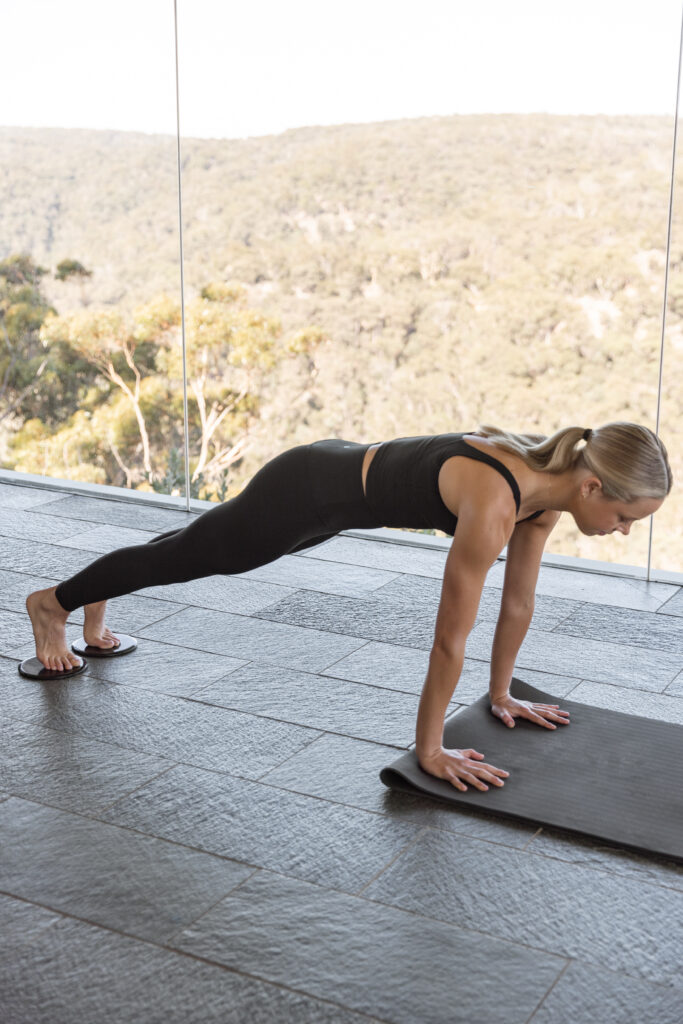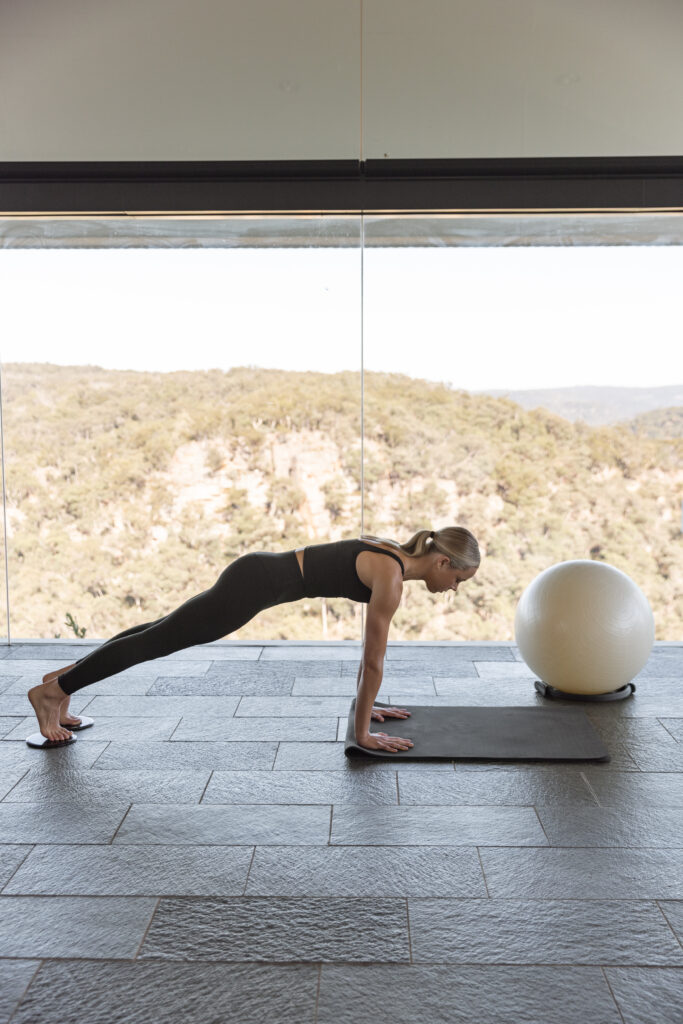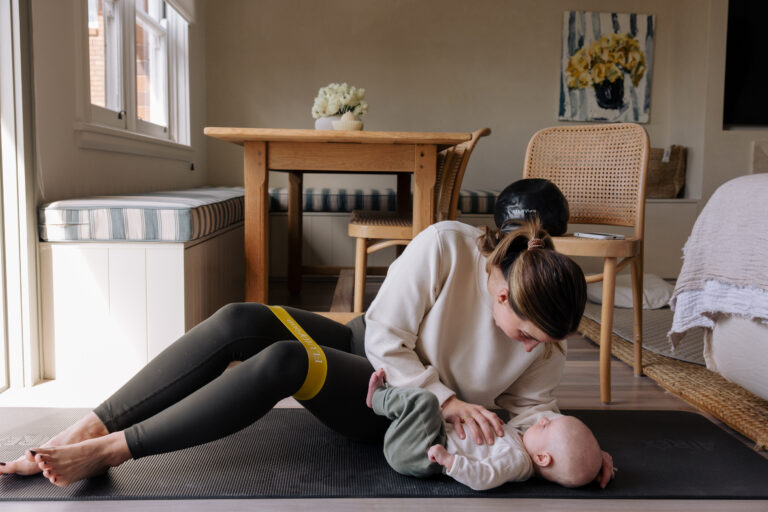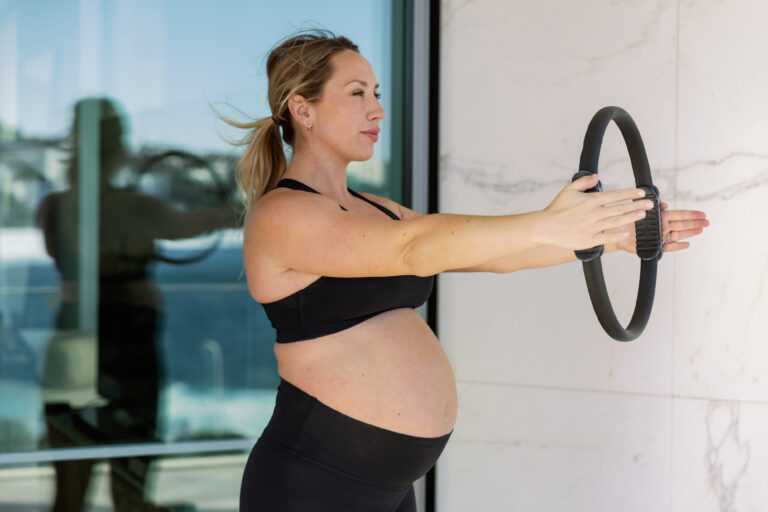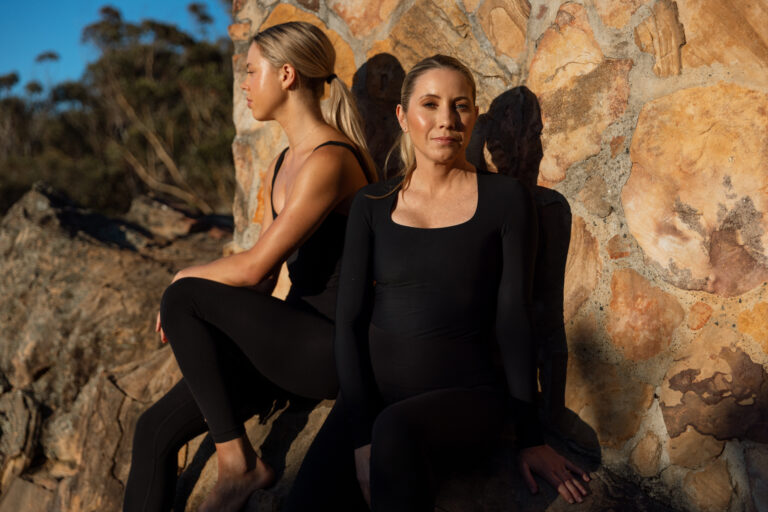To strengthen, tone and transform our core, it is essential to work our muscles in all directions and positions from chest lifts and side overs to 4-point kneeling and planks. This is the key to achieving a defined core.
Why is it important to work our core in all planes of movement?
Our abdominal muscles support and protect our spine and organs. Bodily movements come from our abdomen and torso. Functional abdominal muscles support our respiratory system and breathing. The different movements which come from our core include flexion and extension (bending over or reaching up), rotation and lateral flexion (sideways) – sometimes multiple directions at the one time. When our abdominal muscles are connected, strong and functional – they support and protect our spine through each plane of movement. One of the most important functions of our core is supporting our spine and entire body in our neutral position. This is the ideal position for the body, following the natural curve of the neck, spine and pelvis, from our head to our toes.
What happens when we don’t?
When we limit our abdominal exercises within the same planes of movement, we start to see imbalances in the body which leads to pain, discomfort and injury. We build tone in specific areas and neglect other muscles, creating uneven strength and tone.
What are the benefits of each position?
We spend most of our lives moving through upright positions. We work our abdominals on the ground or various side lying, planking and standing positions to work against gravity – deeping the abdominal connection and strengthening these muscles. We integrate movements with layered sequences, stabilising holds and small equipment – creating deeper activation through the abdominals.
Chest lifts:
- Using a small Pilates ball adds extension to support our spinal flexion. The increased range of movement works the abdominal muscles through their full and functional range. We are targeting the deepest abdominal layers (transverse abdominis, internal obliques and the rectus abdominis).
- We add rotation to challenge our obliques and include our external obliques, which supports twisting movements in day to day life.
- Integrating various leg movements and positions further challenges the stabilising muscles in and around your core.
Side planks:
- Target your obliques by focusing on the relationship between the hips, arms and obliques.
- Challenges your coordination.
Supine (laying on your back) hips on ball:
- Creates instability through your pelvis, requiring deep activation and control.
- The addition of extending your legs challenges your coordination to support the weight of the extended leg.
4pt kneeling:
- Challenges your abdominals against gravity and supports and stabilises your spine in the
- Adding leg extensions creates imbalance which requires deeper abdominal connection.
Plank:
- A progression on the 4pt kneeling position.
- This is a total body move which requires every muscle in the body to connect and activate in order to support the position of the body, hold and stabilise.
Now you know the importance of working your abdominals in different positions, and the benefits of each position, try this 20-minute ab workout which brings every position together to strengthen, tone and transform your core.
